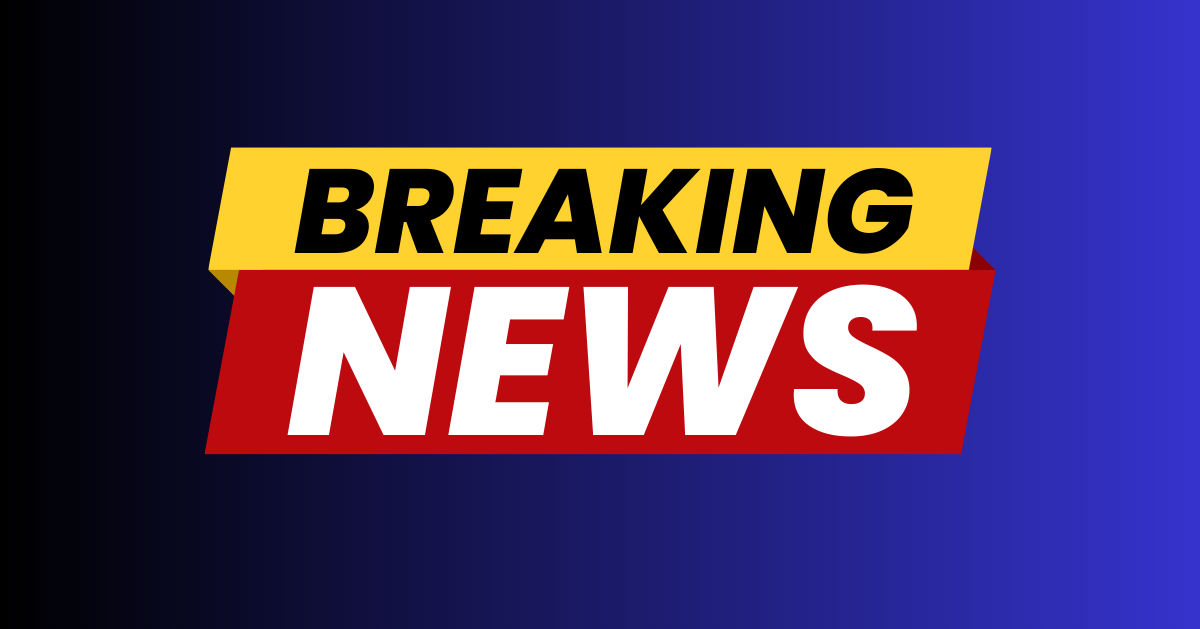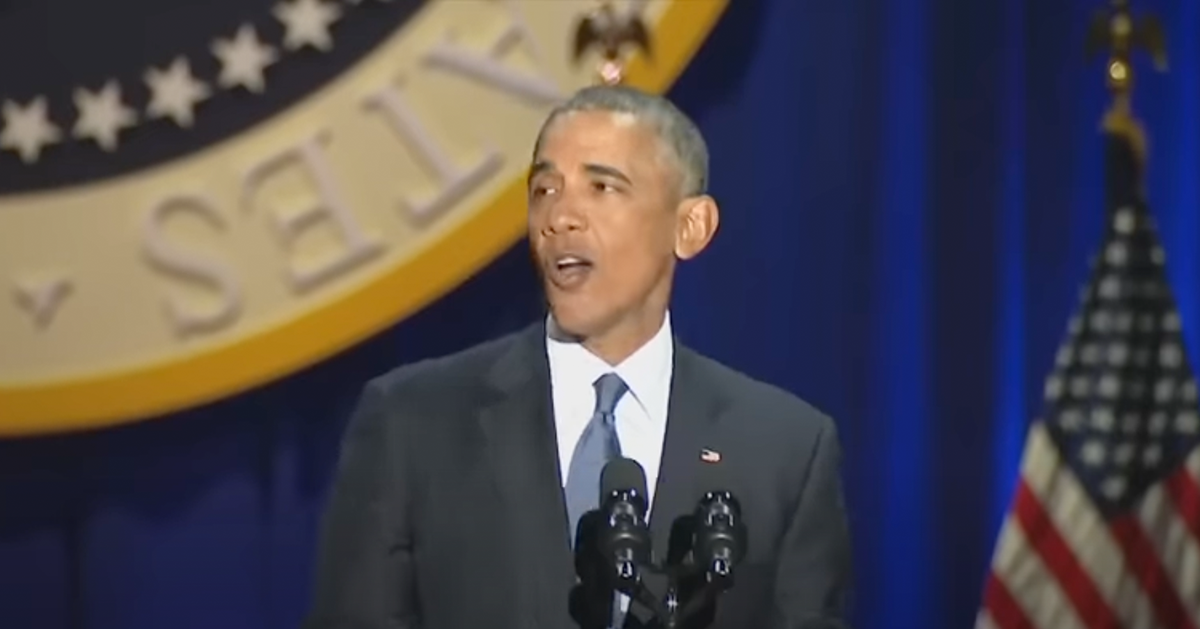Boeing Starliner Astronauts to Remain in Space Until 2025, NASA Confirms
NASA has announced that astronauts Butch Wilmore and Suni Williams, who were initially sent on an eight-day mission aboard Boeing’s Starliner, will remain in space until February 2025.
The decision, made on the 80th day of their mission, extends their stay to a total of eight months, and the extension comes after thruster failures and helium leaks were detected on the Starliner, prompting NASA to opt for an uncrewed return of the spacecraft to prioritize safety, as the New York Post reports.
The mission, which was Boeing's first crewed endeavor with the Starliner, was originally planned to last only eight days, but technical challenges have significantly altered the course of events.
From Short-Term to Long-Term Mission: An Unexpected Shift
Wilmore and Williams were launched into space on June 5 aboard the Starliner, marking a significant milestone for Boeing’s commercial spaceflight program. The mission, however, did not go as planned. Shortly after launch, the spacecraft experienced thruster failures and helium leaks, raising concerns about the safety of returning the astronauts aboard the Starliner.
On Saturday, NASA disclosed the mission’s extension, marking the astronauts’ 80th day in space. Initially tasked with a brief eight-day stay, Wilmore and Williams are now set to spend a total of eight months aboard the International Space Station (ISS). Their return to Earth has been scheduled for February 2025, with SpaceX’s Dragon Crew-9 designated to bring them home.
NASA’s Decision: Safety Over Schedule
The decision to extend the mission and ensure an uncrewed return for the Starliner was not taken lightly. NASA Administrator Bill Nelson emphasized that this choice was driven by a "commitment to safety." Despite Boeing’s confidence in the Starliner’s safety, NASA’s engineers focused on the technical risks posed by the thruster failures and leaks, ultimately leading to this precautionary measure.
“This has not been an easy decision, but it is absolutely the right one,” stated NASA Associate Administrator James Free. The extension allows NASA engineers more time to address the technical issues without risking the lives of the astronauts.
A Busy Schedule Aboard the ISS
During their extended stay, Wilmore and Williams will remain actively engaged in various tasks aboard the ISS. So far, they have completed approximately 100 hours of work on a wide range of scientific experiments and will continue to contribute to the station's research and maintenance activities.
The ISS is equipped to support extended missions, even though typical stays last about six months. Wilmore and Williams' mission will now surpass this standard duration, placing them among the few astronauts who have spent such an extended period in space.
Technical Disagreements and Tense Conversations
The decision-making process involved intense discussions among NASA’s leadership. Steve Stich, who heads NASA’s Commercial Crew Program, acknowledged that the decision involved "a little disagreement about... risk." NASA’s Associate Administrator for Space Operations, Ken Bowersox, also referred to "some tense conversations" leading up to the final decision.
Despite these challenges, NASA maintains its confidence in Boeing’s ability to overcome the Starliner’s technical hurdles. “Boeing CEO Kelly Ortberg has reassured NASA they are committed to working through the Starliner’s problems,” said Bill Nelson.
NASA and Boeing: Looking Ahead
While the current mission has faced significant setbacks, NASA remains optimistic about the future of the Starliner program.
“NASA is still 100 percent certain the Starliner will launch with an astronaut crew again in the future,” Nelson affirmed. Boeing’s commitment to resolving the issues and ensuring the spacecraft's reliability is a key factor in this ongoing partnership.
As NASA engineers continue to work on the thruster issues, the focus remains on ensuring that future missions proceed without similar complications. The extended mission has provided valuable insights into the spacecraft’s performance, which will be critical in improving the Starliner for future missions.
Conclusion: A Test of Patience and Perseverance
Wilmore and Williams' mission aboard the Boeing Starliner has transformed from a brief eight-day journey to an extensive eight-month expedition due to unexpected technical challenges.
As NASA and Boeing work together to resolve the Starliner’s issues, the astronauts will remain active aboard the ISS, contributing to important scientific research and station maintenance.
The mission’s extension highlights NASA’s unwavering commitment to safety and the rigorous standards required for human spaceflight.
Wilmore and Williams are expected to return to Earth in February 2025, marking the conclusion of a mission that has tested both the spacecraft and the resolve of those involved.





